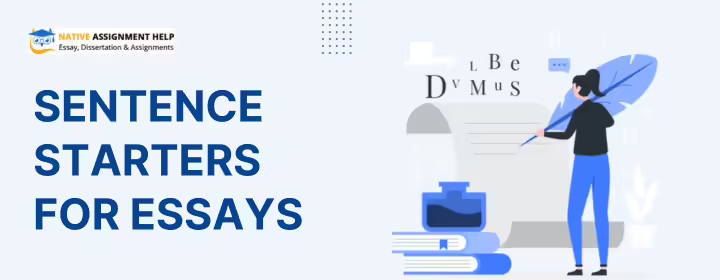Sentence Starters For 9 Types Of Different Writing Styles
Let’s see these starters in action across different writing styles:
- Transitional (Academic): "Firstly, the data indicates a clear trend."
- Transitional (Creative): "Next, a mysterious figure appeared at the door."
- Question (Persuasive): "What if we could solve this problem with one simple change?"
- Descriptive (Narrative): "With a sharp gust of wind, the trees swayed gently."
- Conditional (Argumentative): "If we take immediate action, we can prevent further damage."
- Comparative (Analytical): "In comparison to last year, this year’s results are more promising."
- Time-Related (Expository): "After the meeting, we discussed the next steps."
- Agreement/Disagreement (Opinion): "I completely agree that this is the right course of action."
- Concluding (Summary): "In conclusion, it’s clear that we need more research on this topic."
Diverse Sentence Starters for Every Writing Purpose
1. Additive (Expanding Ideas)
- "Furthermore, this approach offers several advantages."
- "Additionally, the evidence supports this conclusion."
- "Moreover, we must consider the long-term effects."
2. Clarification (Explaining Further)
- "To put it another way, we must think of it as..."
- "In simpler terms, this means..."
- "Let me clarify this further by explaining..."
3. Contrast (Highlighting Differences)
- "On the other hand, there is another perspective to consider."
- "In contrast, the alternative approach presents several challenges."
- "However, this view is quite different from..."
4. Emphasis (Stressing Importance)
- "It is crucial to note that..."
- "What’s more important is that..."
- "It cannot be overstated that..."
5. Example (Illustrating a Point)
- "For instance, consider the case of..."
- "A good example of this can be seen in..."
- "Take, for example, the situation involving..."
6. Hypothetical (Exploring Possibilities)
- "Imagine if we could..."
- "Suppose we take a different approach..."
- "If we were to reconsider, we might find that..."
7. Cause and Effect (Explaining Consequences)
- "As a result, we can expect..."
- "Due to this, the outcome was..."
- "Because of this, we are now seeing..."
8. Purpose (Stating Intent or Goal)
- "The aim is to..."
- "Our goal in this situation is..."
- "The purpose of this discussion is to..."
9. Personal Reflection (Sharing Opinion or Experience)
- "From my perspective, it seems that..."
- "In my experience, I’ve found that..."
- "I would argue that the key issue here is..."
10. Causal (Explaining Reasons)
- "This happened because..."
- "The reason for this is clear: ..."
- "Given that this is the case, we can conclude that..."
11. Speculative (Considering Future Possibilities)
- "It is likely that, moving forward, we will see..."
- "If trends continue, we could expect..."
- "There is a possibility that, in the future, we will..."
12. Critical (Evaluating or Judging)
- "Upon reflection, it becomes apparent that..."
- "It is essential to critique this idea because..."
- "Upon closer inspection, we see that..."
13. Suggestion (Offering a Solution)
- "One possible solution could be..."
- "I propose that we consider..."
- "A potential next step might be..."
14. Reflection (After Consideration)
- "Looking back, it is clear that..."
- "Upon further consideration, it seems evident that..."
- "Reflecting on this, we can conclude that..."
15. Acknowledging Other Perspectives
- "While some might argue that..., it is important to note..."
- "It could be said that... however, a closer look reveals..."
- "Some may disagree with this viewpoint, but it’s crucial to recognize..."




